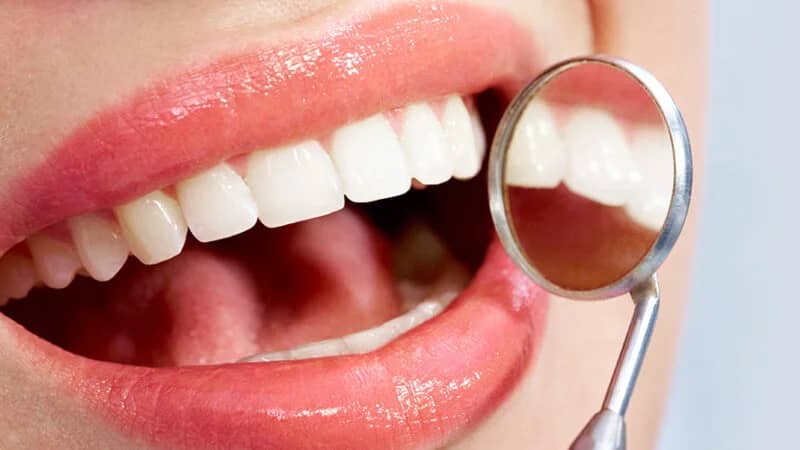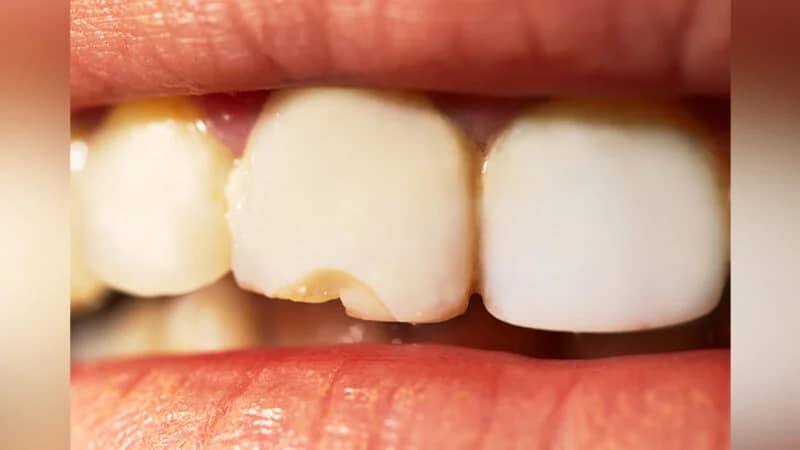When you have a chipped tooth you don’t have to live with it. You don’t have to hide your chipped teeth behind awkward smiles and feel conscious about them all the time. Not when modern dentistry can come to your rescue.
Dental Bonding is a practical way of getting your perfect smile back and a permanent solution to all your chipped teeth. Your chosen dentists can repair your broken or chipped teeth within minutes thanks to dental bonding. This quick cosmetic procedure also helps discolored teeth, gaps, and fills small cavities.
So, if you or anyone you know is suffering from chipped/ broken/ cracked teeth then this article is just for you as we discuss everything about New York Dental bonding in detail.
What is New York Dental Bonding?
Dental Bonding is a cosmetic procedure which is administered by your dentist only and can effectively repair discolored teeth, gaps, lengthen the incisal edge and fill small to moderate cavities.
This procedure allows the dentist to apply teeth colored resin to your teeth and mold it so that it matches the surrounding teeth. This treatment will make your teeth look aesthetically pleasing and this entire procedure can be completed in a single visit.
You will be surprised to know even in dental bonding there are many types. We have discussed them in detail in the following section.
What are the types of Dental Bonding?
We have listed two types of popular dental bonding methods that are commonly used in most dental clinics.
Adhesive Bonding:
Here a dental etchant is used to attach a restoration to your affected tooth. This adhesive can be easily cured under a high intensity curing light and is a great bonding agent. It is often used in metal free crowns, porcelain veneers, dental bridges procedures as well.
Direct Composite Bonding:
This method uses tooth colored composites to fill in cavities and repair cracks or chips in your teeth. The advantage of this method is that this procedure requires no temporaries and it involves precise placement of the restorative material.
Dental bonding is a great way to correct many of your dental woes. In the next section we have discussed this in detail.
What problems can dental bonding correct?
Other than correcting tooth chips and cracks dental bonding can also play an important role in rectifying the following problems:
- Misshapen teeth
- Tooth decay
- Discolored teeth
- Teeth that look too short
- Fractured teeth
- Spaces between teeth
- Exposed tooth roots due to gum recession
In the next section, we have discussed the procedure of dental bonding and talked about the steps in detail.
How do your dentists plan the treatment?
The procedure of Dental bonding is simple and it has low chances of complications.
Matching with your teeth
Every set of teeth is different with its own unique color. Your dentist will select the proper shade that matches your teeth color so that your results look very natural.
Prepping the Surface
To make sure the composite sticks to the tooth, your dentist will roughen the surface of the tooth, with a light polishing diamond or phosphoric acid. On a smooth surface the composite might slide over time.
Adding the composite
Once your tooth has been prepped your dentist will apply the composite and shape it to cover the imperfection or the damage. They will use just enough composite to cover any damage of the tooth and wipe away the excess.
Curing the composite
The composite needs curing to make it as hard as the rest of your natural teeth. The composite is cured by the dentist by using special high intensity light so that it attaches itself firmly to your tooth enamel. This step will ensure your dental bond will last for many years to come.
Review the results
Before you leave the dental clinic, the dentist will want to check on your bite contacts and polish to make sure that everything is right. The dentist will polish away the excess composite and smoothen the tooth.
Please note for most dental bonding procedures anesthesia is unnecessary and the treatment is usually comfortable and painless. In the next section, we have discussed how to take care of your teeth once this procedure is completed.
What is the after care procedure?
The after care procedure is simple and straightforward. The dentists will advise you on how to care for your teeth and give you a list of foods to avoid that can stain your teeth easily. You need to quit bad habits like smoking as they play havoc with your mouth and stain your teeth nullifying the results of bonding.
Conclusion
At Highline Dental Practice our expert dentists offer only the best dental services and Dental bonding is one of them. So, now you can say goodbye to your chipped tooth forever and look forward to an attractive and wholesome smile. Book your appointment with us at the earliest and get back your smile.



